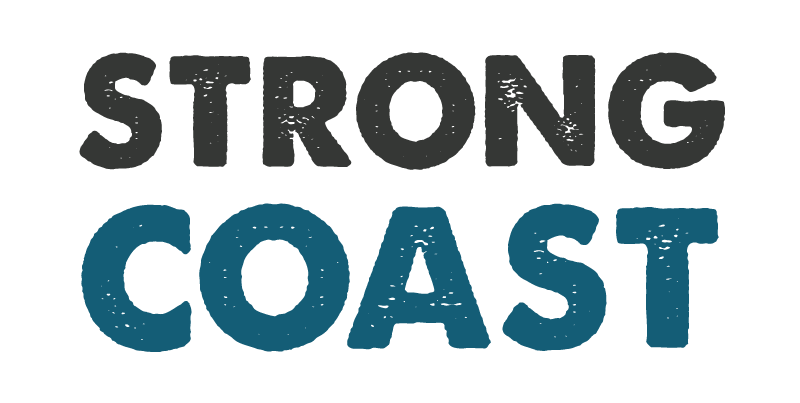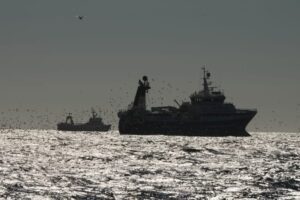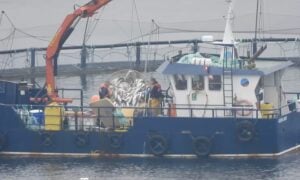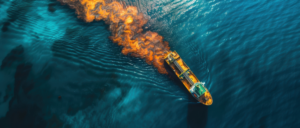
The whales of the Douglas Channel are facing a looming threat: increased ship traffic from a soon-to-be-completed LNG facility in Kitimat. The result of this? A potential 30-fold increase in whale deaths by 2030.
The Douglas Channel has seen remarkable recovery rates in the numbers of fin and humpback whales frequenting its waters, but this threat could reverse a century of population growth.

A recent study spearheaded by experts, including Janie Wray of the North Coast Cetacean Society and the Coastal Guardians of the Gitga’at Nation, looked into the potential impacts of the completion of the colossal $38 billion LNG Canada terminal. Scheduled to be completed in 2025, the plant is poised to ship out 26 million metric tons of LNG annually from Canada to markets in Asia and beyond. This development is expected to drastically increase marine traffic in Douglas Channel, located within the Gitga’at First Nation’s territory, by introducing an additional 350 vessels (equating to 700 voyages) each year.

Humpbacks and other baleen whales lack biosonar or echolocation capabilities, which means they are less aware of the presence of ships compared to orcas. The study forecasts that the Channel will see two fin whale and 18 humpback whale deaths yearly due to ship strikes.
BC has already seen its fair share of ship strikes, with 11 recorded strikes from July to August of this year alone. The story of Moon, a humpback whale that calls BC’s waters home, is particularly resonant. A ship struck her and broke her spine, leaving her with a paralyzed tail. Despite her injuries, she still made the 4800-kilometer migration from BC to Hawaii. However, she has not been seen since she was last spotted in Hawaii in December 2022, looking thin and pink, likely infested by whale lice.

Wray and her colleagues are calling for a seasonal restriction on passage through the area, or at the very least, the adoption of slowdown zones and other mitigation strategies. LNG is required to have a marine mammal management program for Douglas Channel, but has yet to release this report. Wray hopes that the company will listen to some of their recommendations so that collisions with these highly intelligent coastal inhabitants will be minimized.
Read the full article on this issue on West Coast Now.




